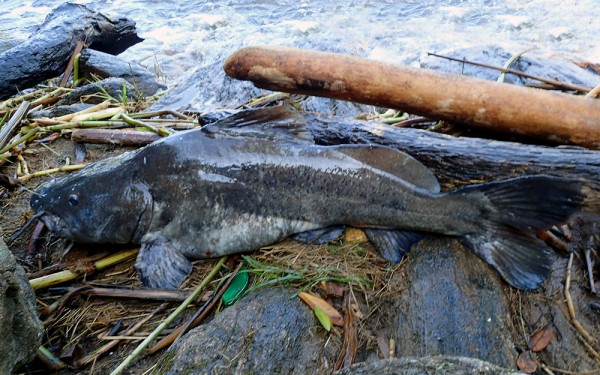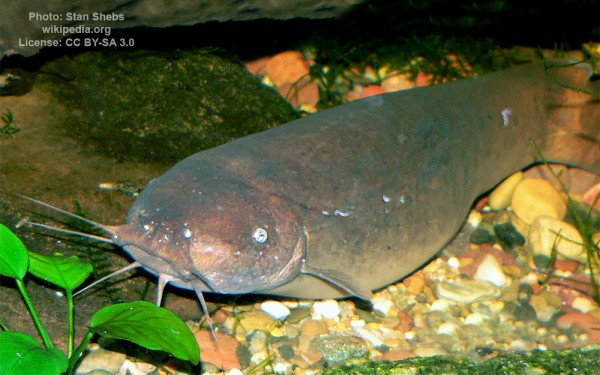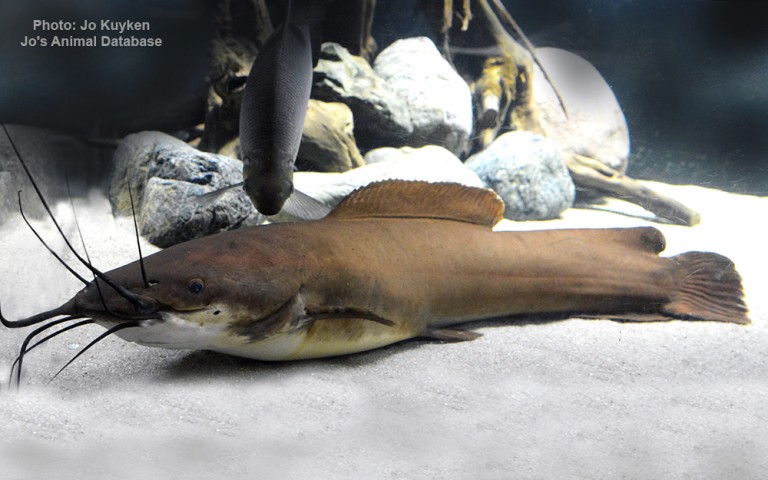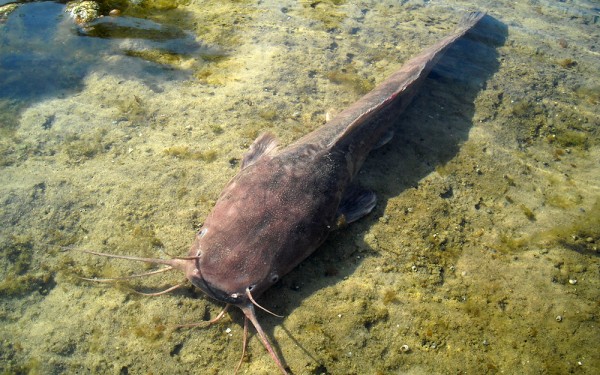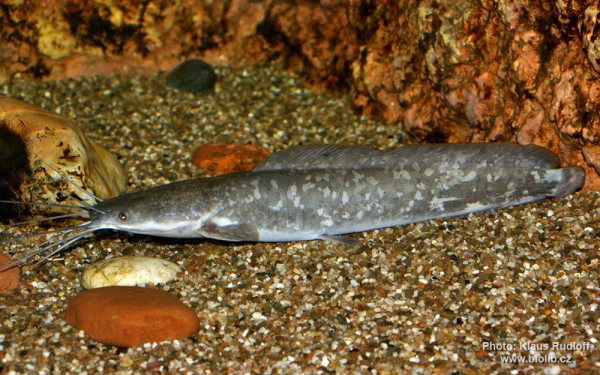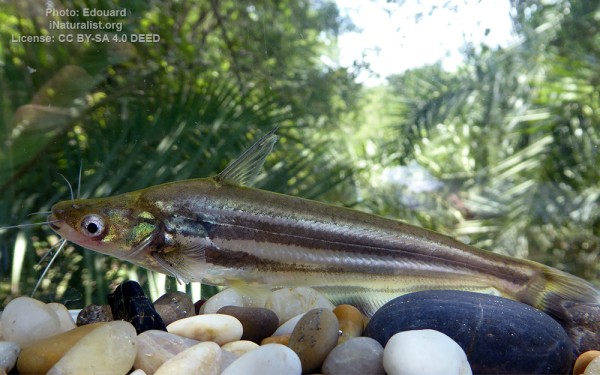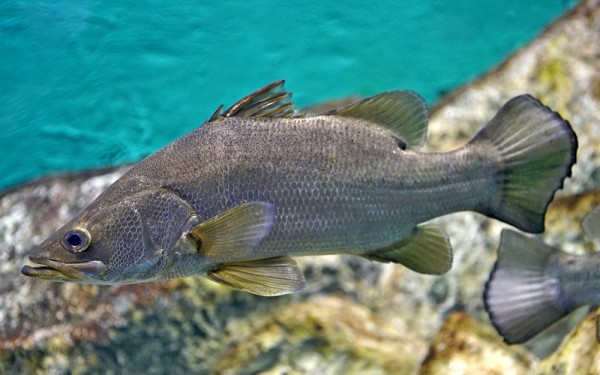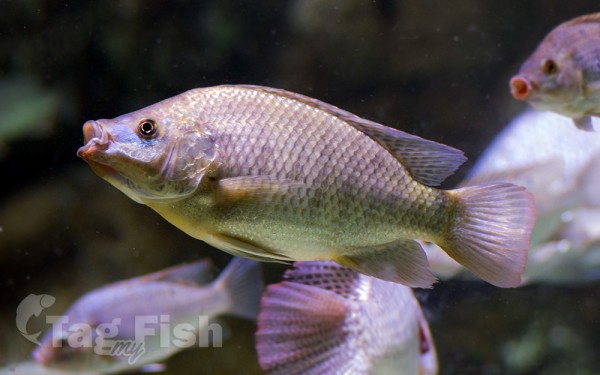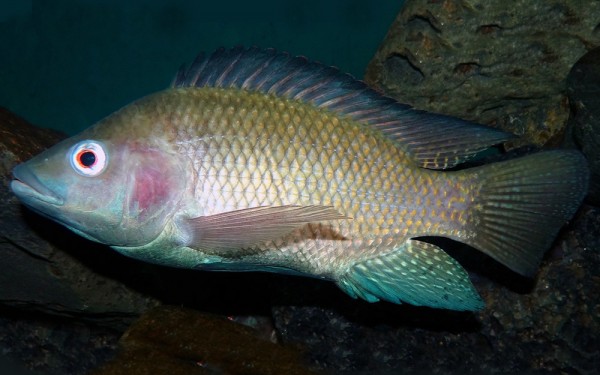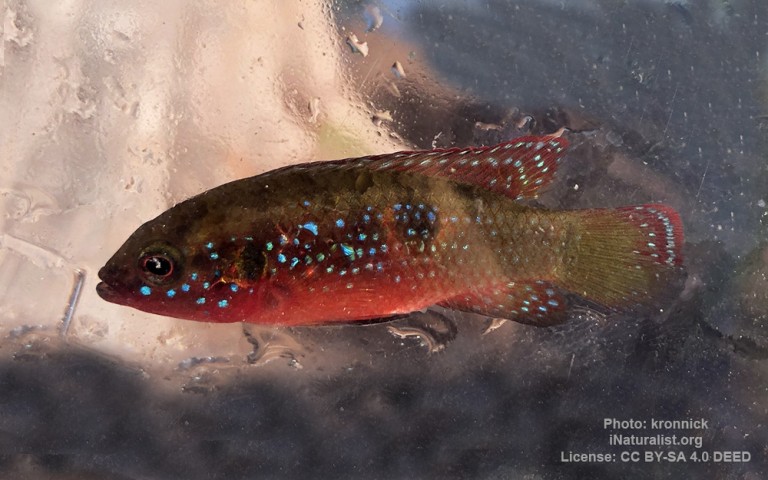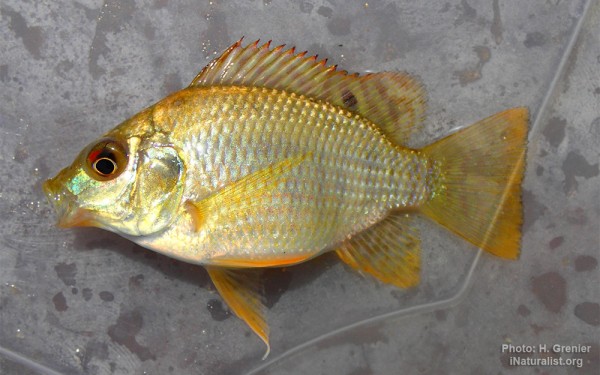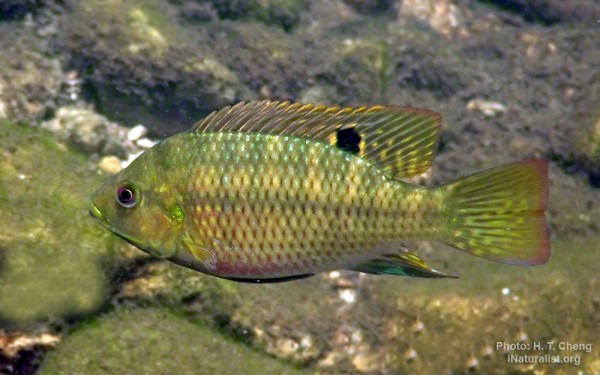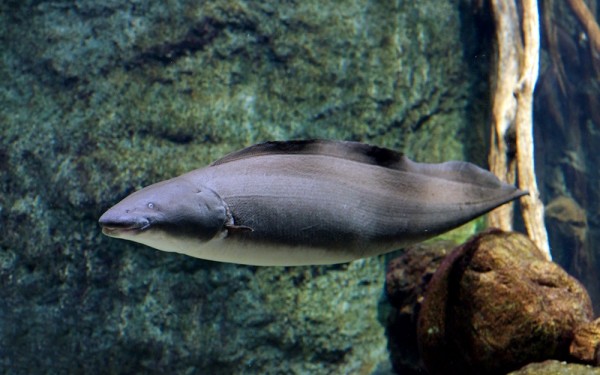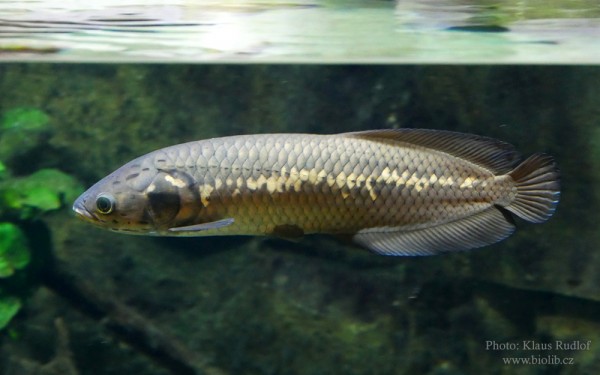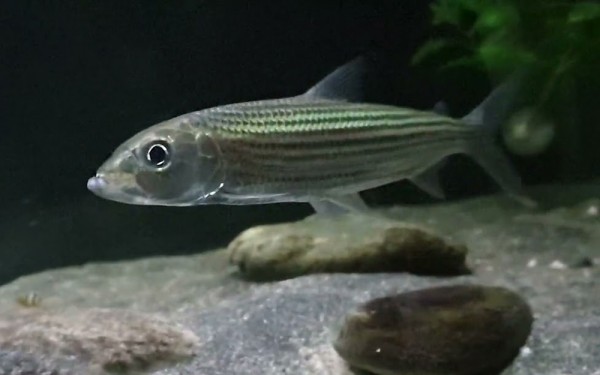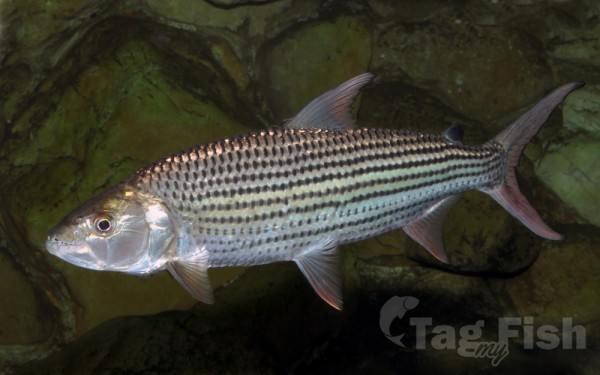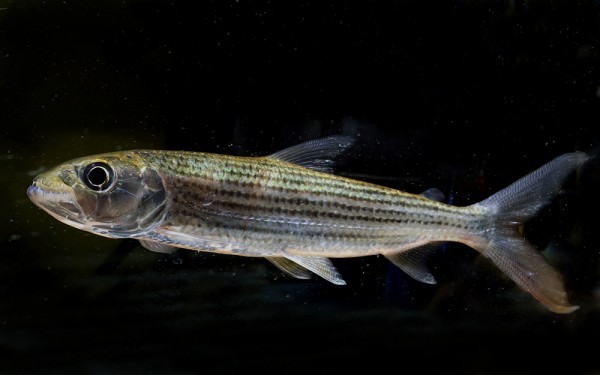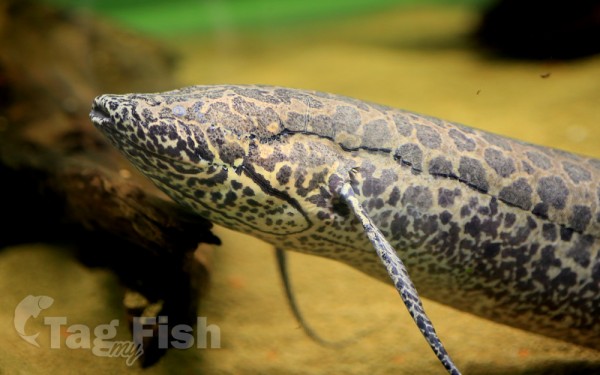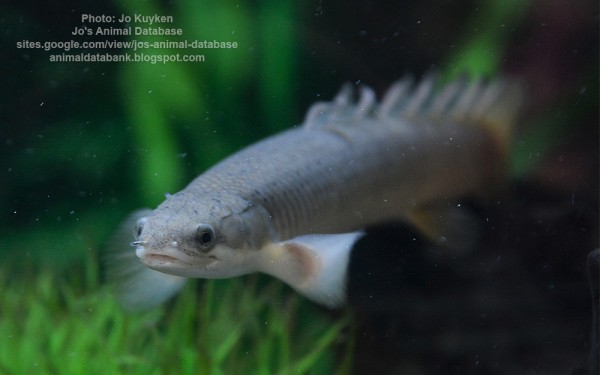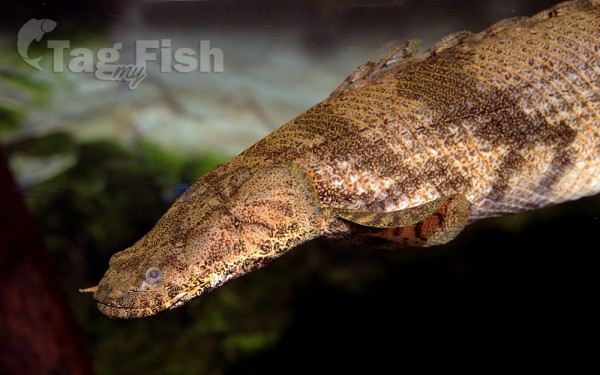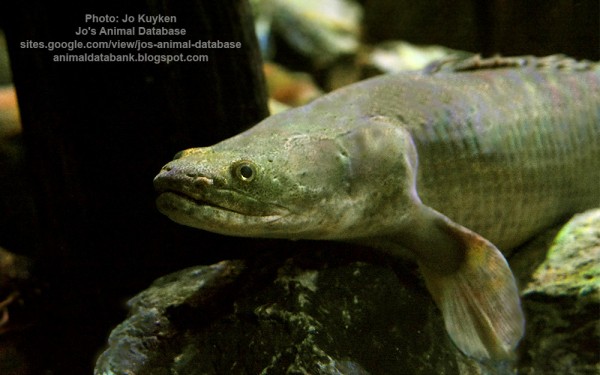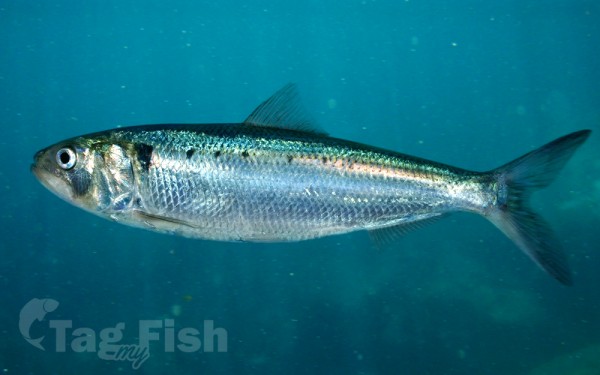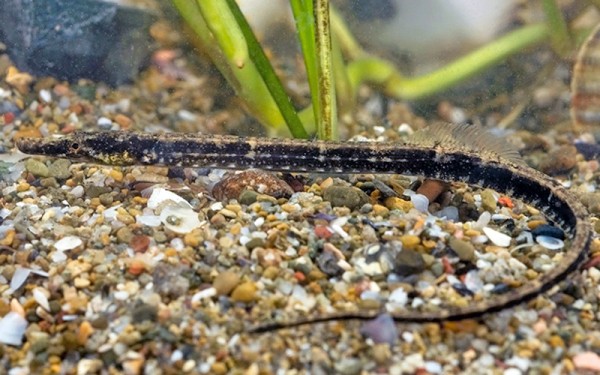Lake Edward

Siluriformes - Catfishes
Siluriformes - Catfishes
Perciformes - Perches
Cypriniformes - Carps
Cichliformes - Cichlids
Osteoglossiformes - Bony tongues
Characiformes - Characins
Ceratodontiformes - Lungfishes
Polypteriformes - Bichirs
Clupeiformes - Herrings
Syngnathiformes - Pipefishes and Seahorses
Siluriformes - Catfishes
Perciformes - Perches
Cypriniformes - Carps
Cichliformes - Cichlids
Osteoglossiformes - Bony tongues
Characiformes - Characins
Ceratodontiformes - Lungfishes
Polypteriformes - Bichirs
Clupeiformes - Herrings
Syngnathiformes - Pipefishes and Seahorses
Lake Edward (locally Rwitanzigye or Rweru) is one of the smaller African Great Lakes. It is located in the Albertine Rift, the western branch of the East African Rift, on the border between the Democratic Republic of the Congo (DRC) and Uganda, with its northern shore a few kilometres south of the equator.
Lake Edward lies at an elevation of 920 metres (3,020 ft), is 77 kilometres (48 mi) long by 40 kilometres (25 mi) wide at its maximum points, and covers a total surface area of 2,325 square kilometres (898 sq mi), making it the 15th-largest on the continent.
The lake is fed by the Nyamugasani River, the Ishasha River, the Rutshuru River, the Ntungwe River, and the Rwindi River.
Lake George to the northeast empties into it via the Kazinga Channel.
Lake Edward empties to the north via the Semliki River into Lake Albert.
The western escarpment of the Great Rift Valley towers up to 2,000 metres (6,600 ft) above the western shore of the lake. The southern and eastern shores are flat lava plains. The Ruwenzori Mountains are 20 kilometres (12 mi) north of the lake.
